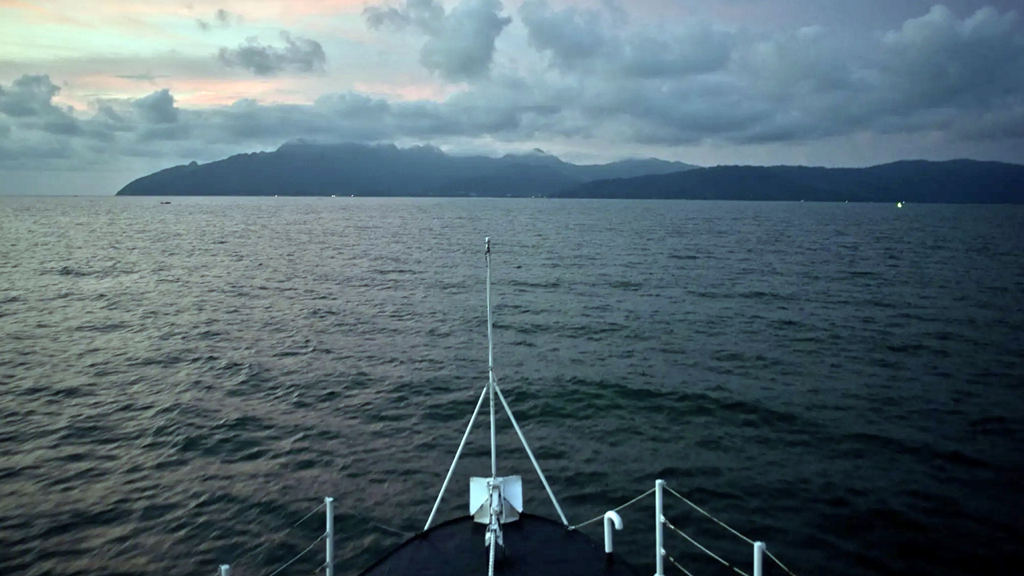
UNHCR Bangladesh Operational Update, December 2021
- 22/01/2022
- 0
Report by UNHCR | View original
More than 900,000 Rohingya refugees living across 34 camps in Cox’s Bazar faced a multitude of challenges in 2021 including devastating fires, flooding, the spread of COVID-19 and the strict lockdowns, as well as a number of serious security incidents.
In the final quarter of the year, UNHCR worked to further strengthen emergency preparedness and response for disasters, including training of refugees and partners, and enhancing equipment in the camps.
COVID-19 lockdown measures continued to be lifted. Learning centres for children, safe spaces and other facilities used by vulnerable groups reopened. As of end 2021, 582 UNHCR-run learning centres had reopened reaching some 38,000 children in 16 camps. UNHCR continues to advocate for access to education for all refugee children.
Following strong advocacy, the Government included refugees in the nationwide COVID-19 vaccination campaign, some 420,000 refugees aged 18 and over are eligible.
HIGHLIGHTS OF THE MONTH
- UNHCR and partners modified and operationalized 14 three-wheeler vehicles and equipped them with water pumps and fire extinguishers to bolster fire equipment in the camps. An additional 20 vehicles are in process of being modified. In December, 90 refugee volunteers were trained on fire safety, 100 on search and rescue, and 125 on first aid, as part of series of emergency response trainings conducted by UNHCR and partners. Humanitarian actors continue to focus on disaster preparedness and response after extensive flooding and devastating fires marked 2021. Fires in the Rohingya refugee camps are particularly severe due to overcrowding, poor infrastructure and use of flammable materials for shelters (bamboo and tarpaulin). The dry season between October to June increases the occurrence of fires.
- COVID-19 vaccination continued in the camps and over 300,000 refugees received their first dose of the vaccine, while 33,386 their second dose, as part of a campaign to vaccinate all refugees aged 18 and above. The prevalence of COVID-19 in the camps remained low, with 3,308 positive cases and 34 deaths since March 2020. On Bhasan Char 5,541 refugees received their first dose of the vaccine; a six-day campaign started on 28 December to vaccinate all refugees on the island aged 18 and above (7,129).
- UNHCR handed over the management of the first Intensive Care Unit (ICU) in Cox’s Bazar to the Sadar District Hospital. The ICU treated 1,137 patients since it opened in June 2020, mostly Bangladeshi citizens residing in Cox’s Bazar district and nearby areas (80%). Rohingya refugees are also referred to the facility from the camps.
Global Acute Malnutrition (GAM) increased by 13.7% among children 6-59 months since 2020, with malnutrition classified as “serious”, according to the yearly Standard Expanded Nutrition Survey (SENS) conducted across the camps to determine the health and nutrition status of refugees. The outcomes of the survey will support programming by UNHCR, WFP and other humanitarian actors in 2022 to respond to the health and nutrition needs of refugee children.
Over 900 refugee community activists, leaders, and health actors, including 400 women, completed the second phase of training for ‘SASA! Together’, a project seeking to instigate proactive roles among participants in preventing violence against women in the camps. - Activities marking the annual ‘16 Days of Activism Against Gender Based Violence’ campaign took place across the camps to engage communities in awareness raising, dialogue and capacity building. This year the campaign’s focus was on collective responsibility to end GBV. Over 2,700 refugees took part in UNHCR’s activities including visual art competitions, cultural events, cooking sessions and discussions.
-
159 Lightning Protection Systems were installed across the camps, a safety measure against lightning strikes as Bangladesh is a high-risk area in South East Asia. Four refugees were killed by lightning in Cox’s Bazar in 2021.
The construction of three depots for safe storage and distribution of Liquid Petroleum Gas (LPG) cylinders, in line with government regulations, was completed in Camps 1E, 4, and 5. Since September 2018, UNHCR and IOM, with partners, have been distributing LPG as sustainable and clean cooking energy to all-refugee households, it has become the primary cooking fuel in the camps.






